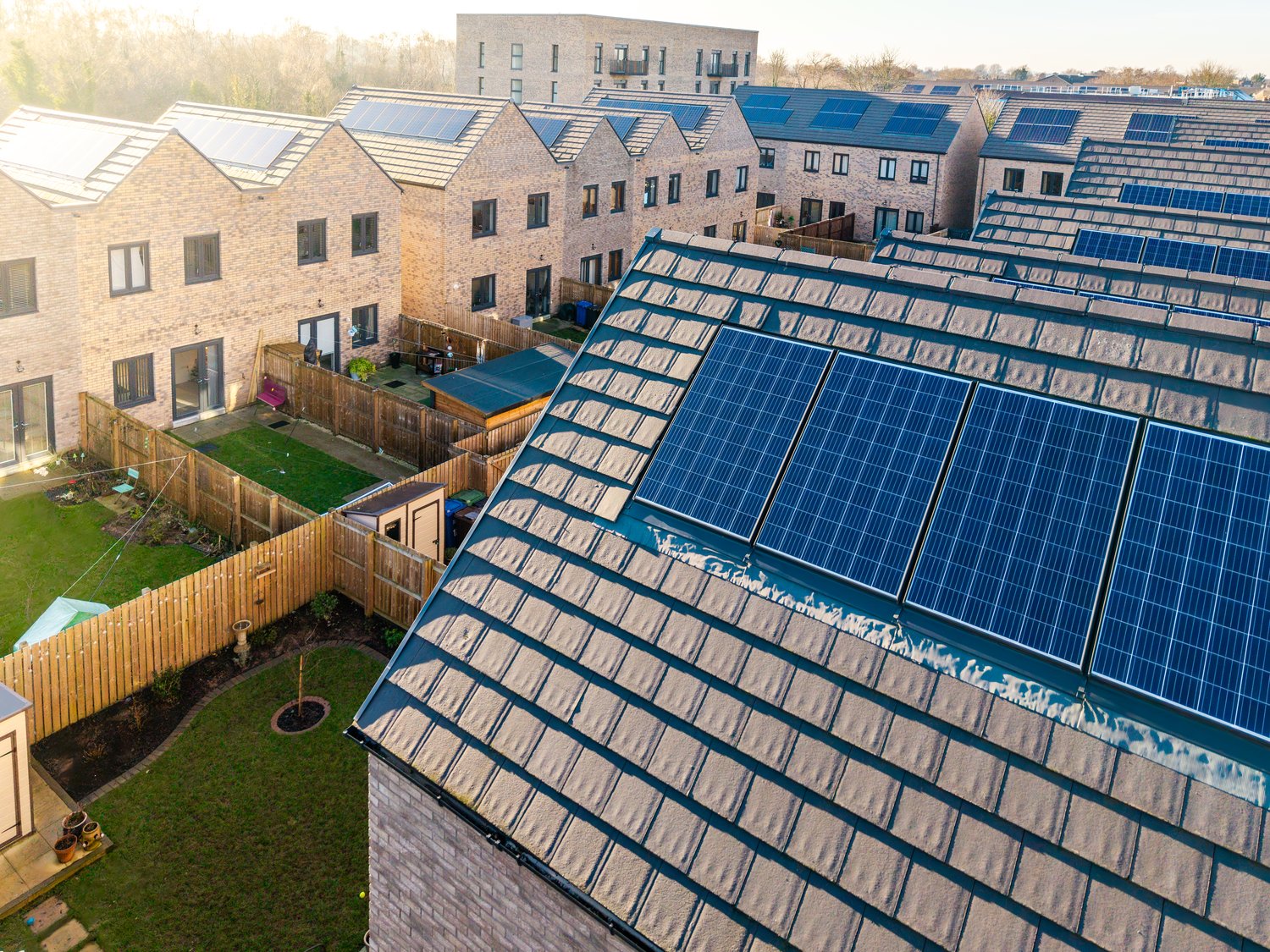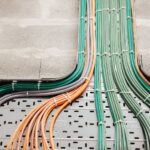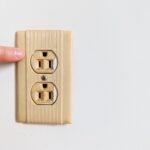Understanding solar installations
Solar energy is becoming increasingly popular among homeowners. These systems harness the sun’s power to generate electricity or heat water. A typical solar installation consists of several components working together. The main parts include solar panels, inverters, and mounting equipment. Solar installations can significantly reduce energy bills. They also contribute to a cleaner environment by reducing reliance on fossil fuels. Many governments offer incentives for installing solar systems, making them more affordable for homeowners.
The efficiency of solar installations depends on various factors. Location, roof orientation, and shading all play crucial roles. Professional installers can assess these factors to maximize system performance. Modern [solar installations] https://onninen.pl/en/products/Heating-systems/Solar-installations often include smart monitoring systems. These allow homeowners to track energy production in real-time. The lifespan of a well-maintained solar system can exceed 25 years. This longevity makes solar an attractive long-term investment for many households.
Choosing the right solar collectors
Solar collectors are the heart of any solar heating system. They absorb sunlight and convert it into usable heat. There are two main types of solar collectors: flat-plate and evacuated tube. Flat-plate collectors are more common and generally less expensive. Evacuated tube collectors are more efficient, especially in colder climates. The choice between these types depends on specific needs and local conditions.
The size of the collector array is crucial for system performance. It should be matched to the household’s hot water demand. A typical family of four might need 4-6 square meters of collector area. [Solar collectors] https://onninen.pl/en/products/Heating-systems/Solar-installations/Solar-collectors can be mounted on roofs or ground-based frames. Roof mounting is more common as it saves space and often provides better sun exposure. The orientation of collectors is important; south-facing installations typically yield the best results in the Northern Hemisphere.
Essential accessories for solar systems
A complete solar system requires various accessories to function effectively. These components ensure optimal performance and safety. Key accessories include controllers, pumps, and expansion tanks. Controllers regulate the flow of heated fluid through the system. Pumps circulate this fluid between collectors and storage tanks. Expansion tanks accommodate the expansion of heated fluids, preventing pressure buildup.
Safety valves are crucial for protecting the system from excessive pressure. Insulation for pipes and tanks minimizes heat loss, improving overall efficiency. [Accessories for solar systems] https://onninen.pl/en/products/Heating-systems/Solar-installations/Accessories-for-solar-systems also include heat transfer fluids. These fluids carry heat from collectors to storage tanks. Many systems use a glycol-water mixture for freeze protection. Proper selection and installation of these accessories are vital for system longevity and performance.
Integrating solar with existing heating systems
Solar heating can be integrated with various existing heating systems. This integration enhances overall energy efficiency. Common integration methods include connecting solar to boilers or heat pumps. Such combinations can provide year-round heating and hot water. The integration process requires careful planning and design. It’s essential to match the solar system’s output with the existing heating capacity.
Many modern [heating systems] https://onninen.pl/en/products/Heating-systems are designed for easy solar integration. This compatibility simplifies the installation process. Integrated systems often use intelligent controls to optimize energy use. These controls prioritize solar energy when available, switching to backup heating when necessary. Proper integration can lead to significant energy savings. Some homeowners report reductions of up to 60% in their heating bills after integration.
Maintenance and care for solar energy systems
Regular maintenance is key to ensuring the longevity of solar energy systems. Most maintenance tasks are simple and can be performed by homeowners. These include keeping collectors clean and free from debris. Dust, leaves, and bird droppings can reduce collector efficiency. Gentle cleaning with water and a soft brush is usually sufficient. It’s recommended to clean collectors at least twice a year.
Professional inspections are advisable every 3-5 years. These checks can identify and prevent potential issues. Technicians will examine all system components, including electrical connections. They also check fluid levels and pressure in closed-loop systems. Proper maintenance can extend system life and maintain efficiency. Well-maintained systems can operate at peak performance for over two decades. Homeowners should keep detailed records of all maintenance activities and system performance.





